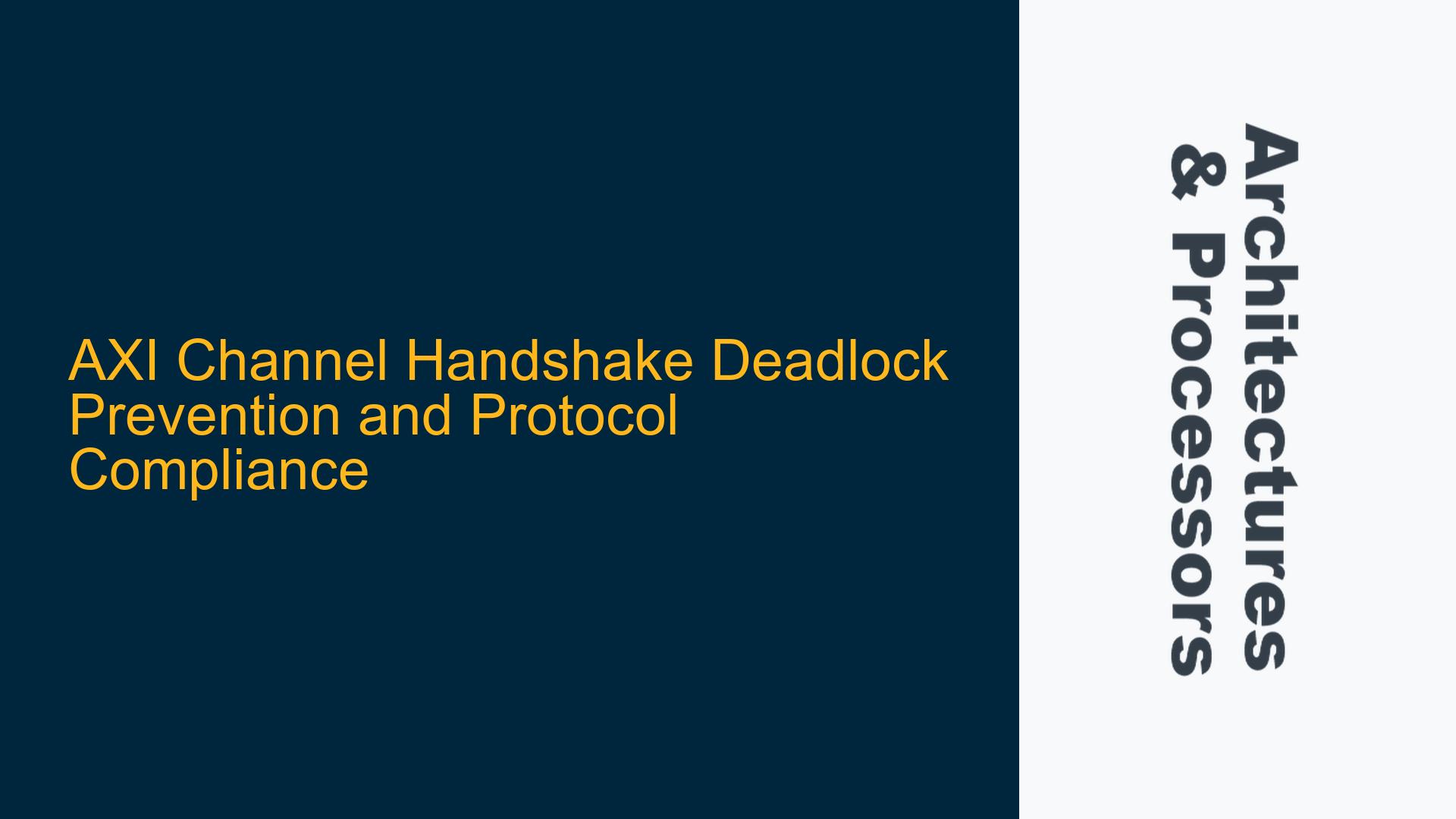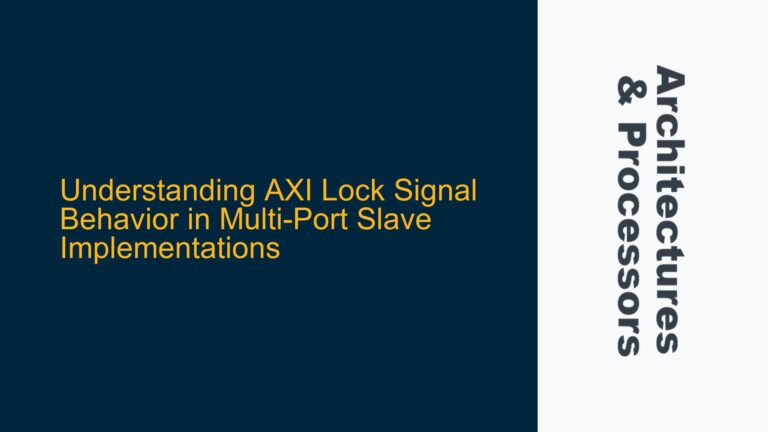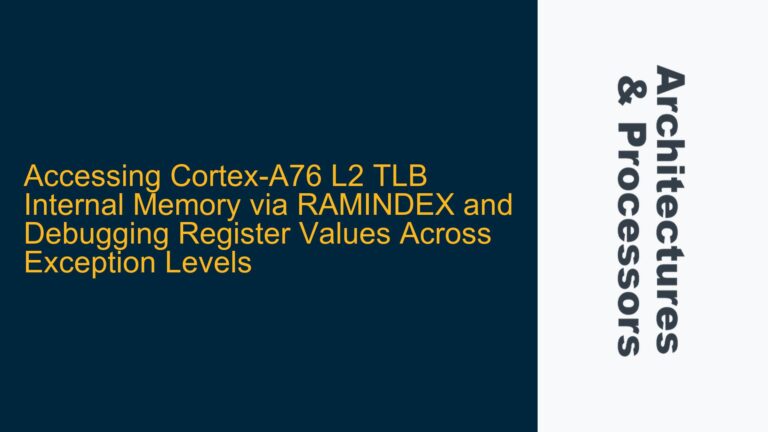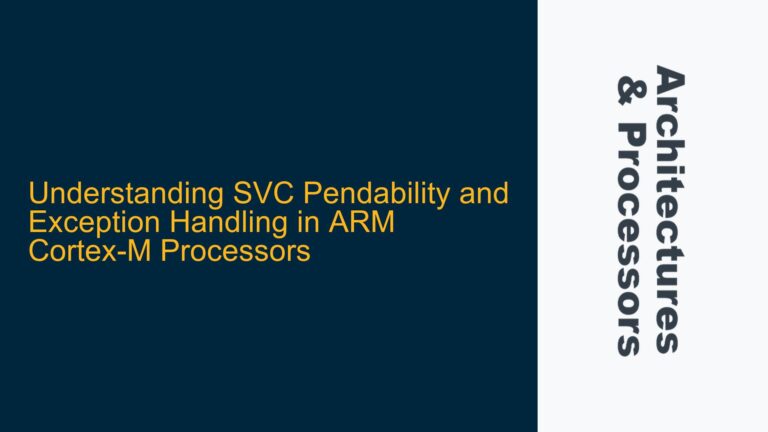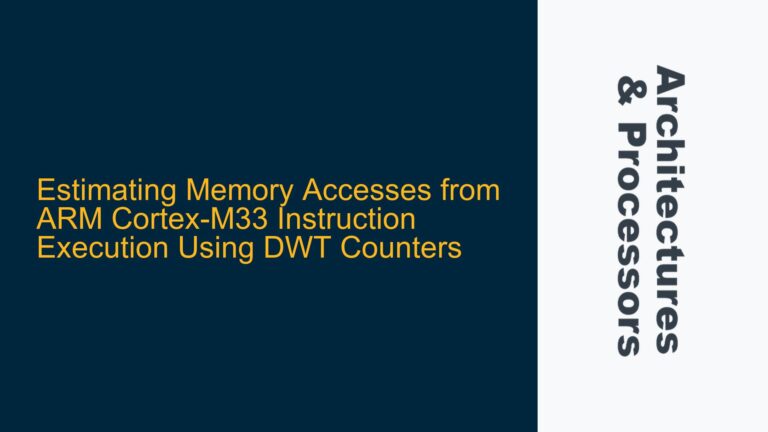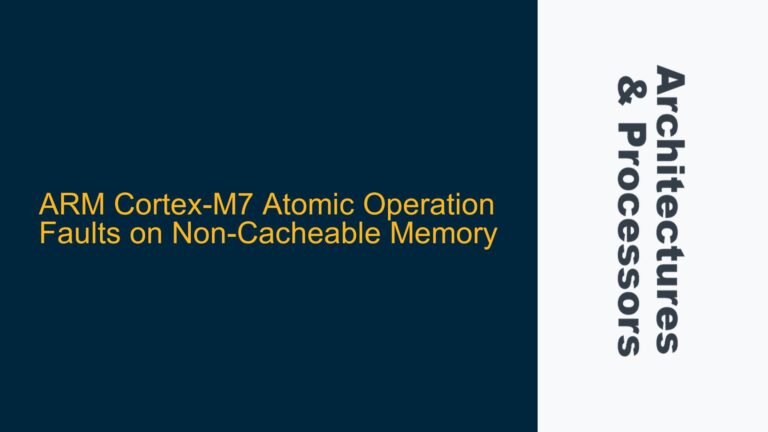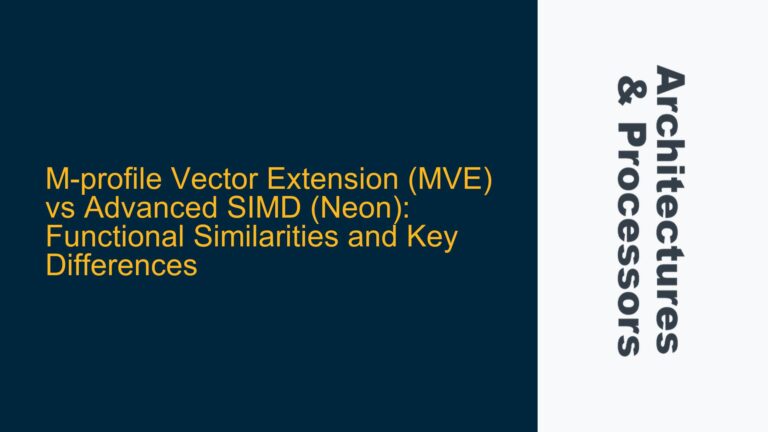VALID Before READY Handshake Rule in AXI Protocol
The AXI protocol specifies a critical rule regarding the handshake process between the VALID and READY signals: a source is not permitted to wait for the READY signal to be asserted before asserting the VALID signal. This rule is fundamental to the proper operation of the AXI interface and is designed to prevent deadlock scenarios. The VALID signal indicates that the source has valid data or control information to transfer, while the READY signal indicates that the destination is prepared to accept the transfer. The relationship between these two signals must adhere to strict timing and sequencing rules to ensure efficient and deadlock-free communication.
In the AXI protocol, the handshake process is governed by the following principles: the source asserts VALID when it has data or control information ready to transfer, and the destination asserts READY when it is prepared to accept the transfer. The transfer occurs when both VALID and READY are high during the same clock cycle. The protocol explicitly prohibits the source from waiting for READY to be asserted before asserting VALID. This rule ensures that the source does not introduce unnecessary delays or dependencies that could lead to deadlock.
The VALID before READY rule is particularly important in multi-master systems where multiple sources may be competing for access to a shared resource. If a source were to wait for READY before asserting VALID, it could create a situation where the destination is also waiting for VALID before asserting READY, resulting in a deadlock. By requiring the source to assert VALID independently of READY, the protocol ensures that the destination can always respond to transfer requests without being blocked by the source’s behavior.
Deadlock Risk Due to Mutual Dependency on VALID and READY Signals
The primary risk associated with violating the VALID before READY rule is the potential for deadlock. Deadlock occurs when two or more entities are waiting for each other to take action, resulting in a standstill where no progress can be made. In the context of the AXI protocol, deadlock can occur if the source waits for READY before asserting VALID, and the destination waits for VALID before asserting READY. This mutual dependency creates a circular wait condition where neither the source nor the destination can proceed.
Consider a scenario where Source A is attempting to transfer data to Destination B. Source A waits for Destination B to assert READY before asserting VALID, while Destination B waits for Source A to assert VALID before asserting READY. In this case, neither Source A nor Destination B will take the necessary action to initiate the transfer, resulting in a deadlock. This situation is particularly problematic in systems with multiple masters and slaves, where the handshake process must be carefully managed to avoid such dependencies.
The AXI protocol’s requirement that the source assert VALID independently of READY is designed to break this potential deadlock. By ensuring that the source always asserts VALID when it has data or control information ready to transfer, the protocol guarantees that the destination will always have the opportunity to respond with READY. This approach eliminates the circular wait condition and ensures that transfers can proceed without unnecessary delays or dependencies.
Implementing VALID Assertion Independence and Deadlock Prevention
To comply with the AXI protocol’s VALID before READY rule and prevent deadlock, designers must ensure that the source asserts VALID independently of the READY signal. This requires careful design of the source’s control logic to ensure that VALID is asserted as soon as data or control information is available, without waiting for READY. The following steps outline the key considerations for implementing this requirement:
First, the source’s control logic must be designed to assert VALID as soon as data or control information is ready for transfer. This means that the source should not include any dependencies on the READY signal in the logic that generates the VALID signal. Instead, the source should assert VALID based solely on its internal state and the availability of data or control information.
Second, the destination’s control logic must be designed to assert READY when it is prepared to accept a transfer. The destination should not wait for VALID to be asserted before asserting READY. Instead, the destination should assert READY based on its internal state and its ability to accept a transfer. This ensures that the destination is always ready to respond to transfer requests from the source.
Third, designers must consider the timing and sequencing of the VALID and READY signals to ensure that transfers occur efficiently and without unnecessary delays. The source should assert VALID as soon as data or control information is available, and the destination should assert READY as soon as it is prepared to accept a transfer. This approach minimizes the latency of the handshake process and ensures that transfers can proceed without delay.
Finally, designers should implement thorough verification and testing to ensure that the source and destination comply with the AXI protocol’s handshake requirements. This includes simulating various scenarios to verify that the source asserts VALID independently of READY and that the destination asserts READY independently of VALID. Verification should also include stress testing to ensure that the system can handle high traffic and multiple simultaneous transfers without deadlock.
In conclusion, the AXI protocol’s VALID before READY rule is a critical requirement for preventing deadlock and ensuring efficient communication between sources and destinations. By designing the source’s control logic to assert VALID independently of READY and the destination’s control logic to assert READY independently of VALID, designers can ensure compliance with the protocol and prevent deadlock. Thorough verification and testing are essential to confirm that the system operates correctly under all conditions.
